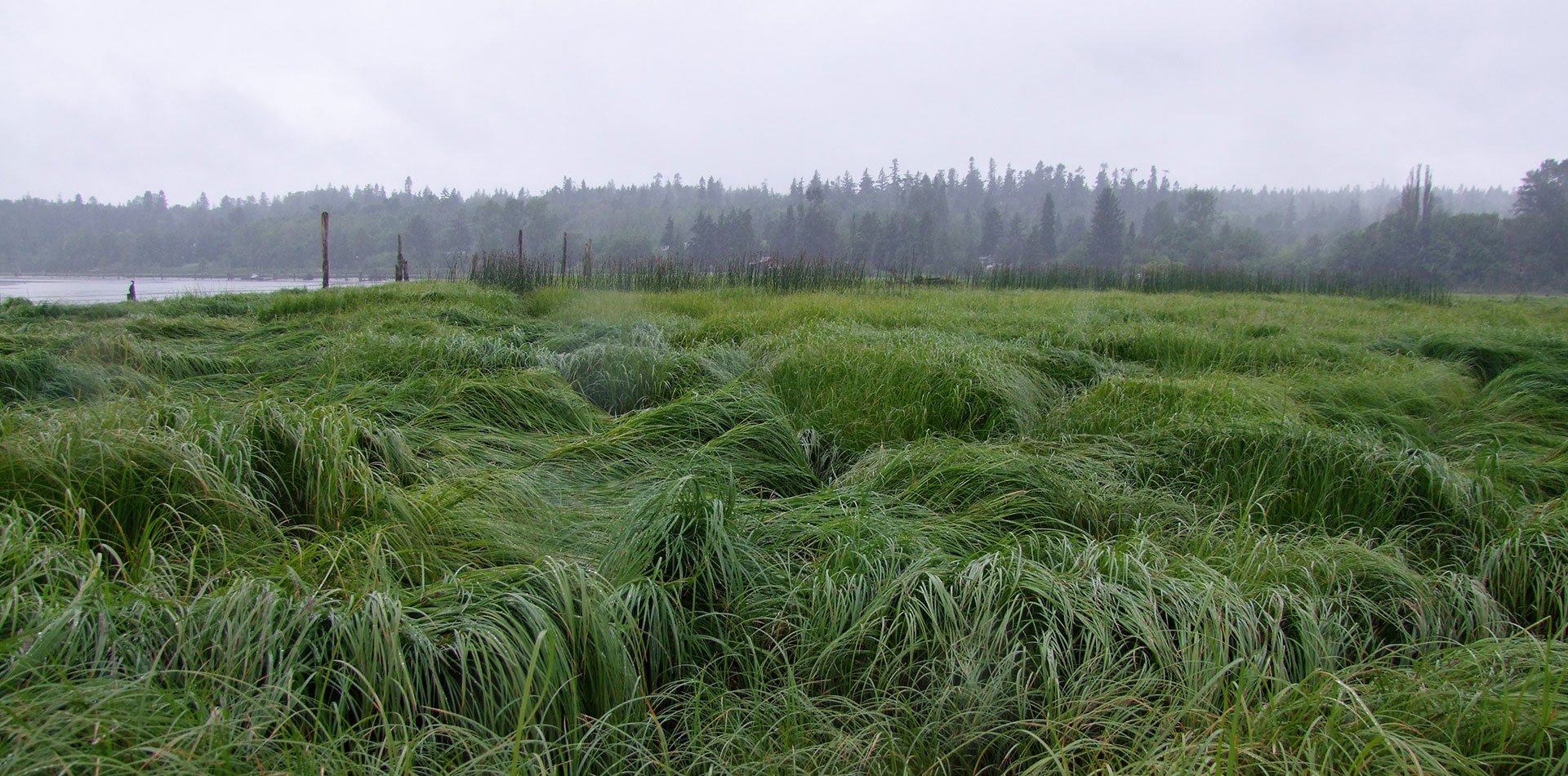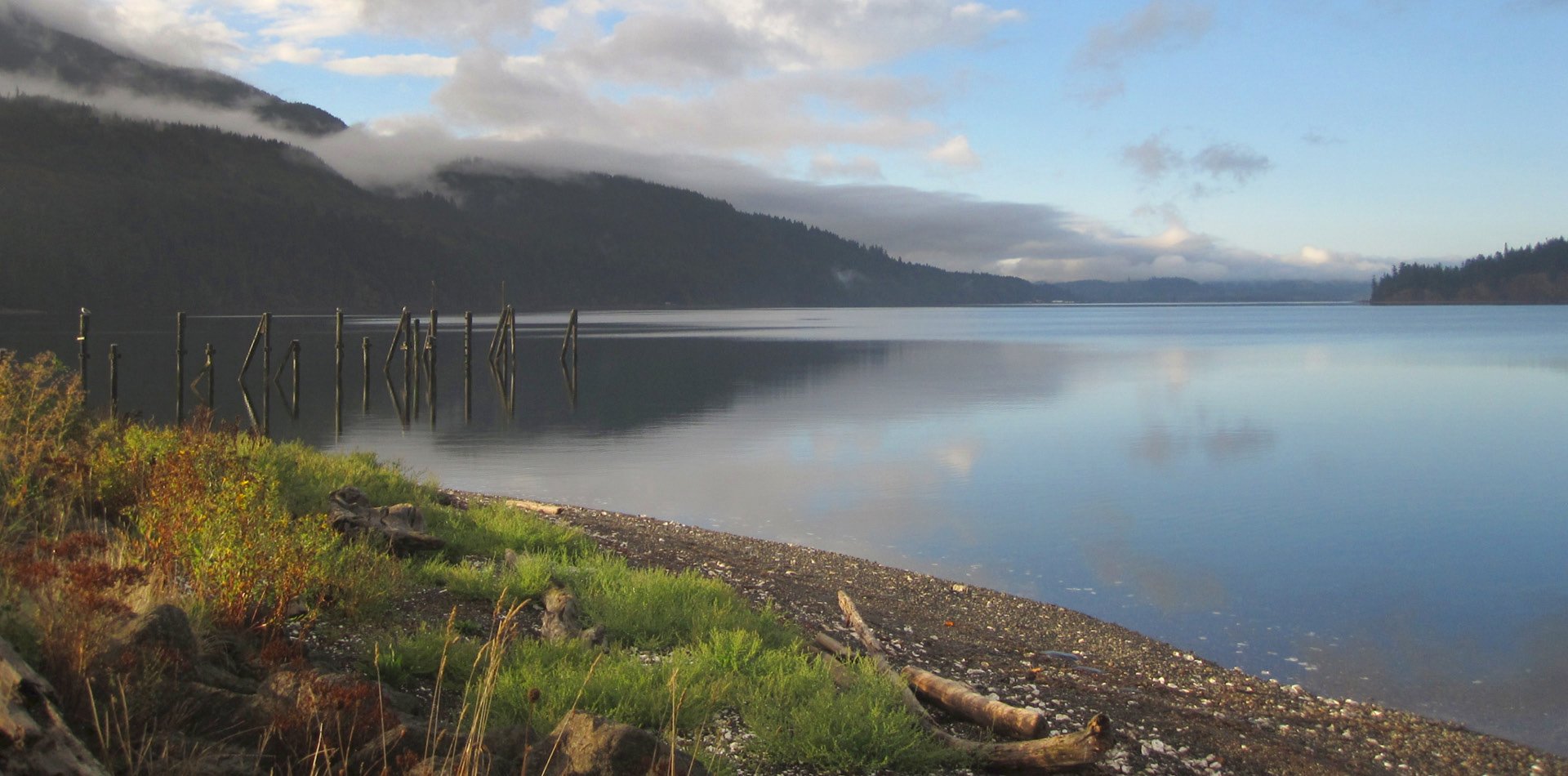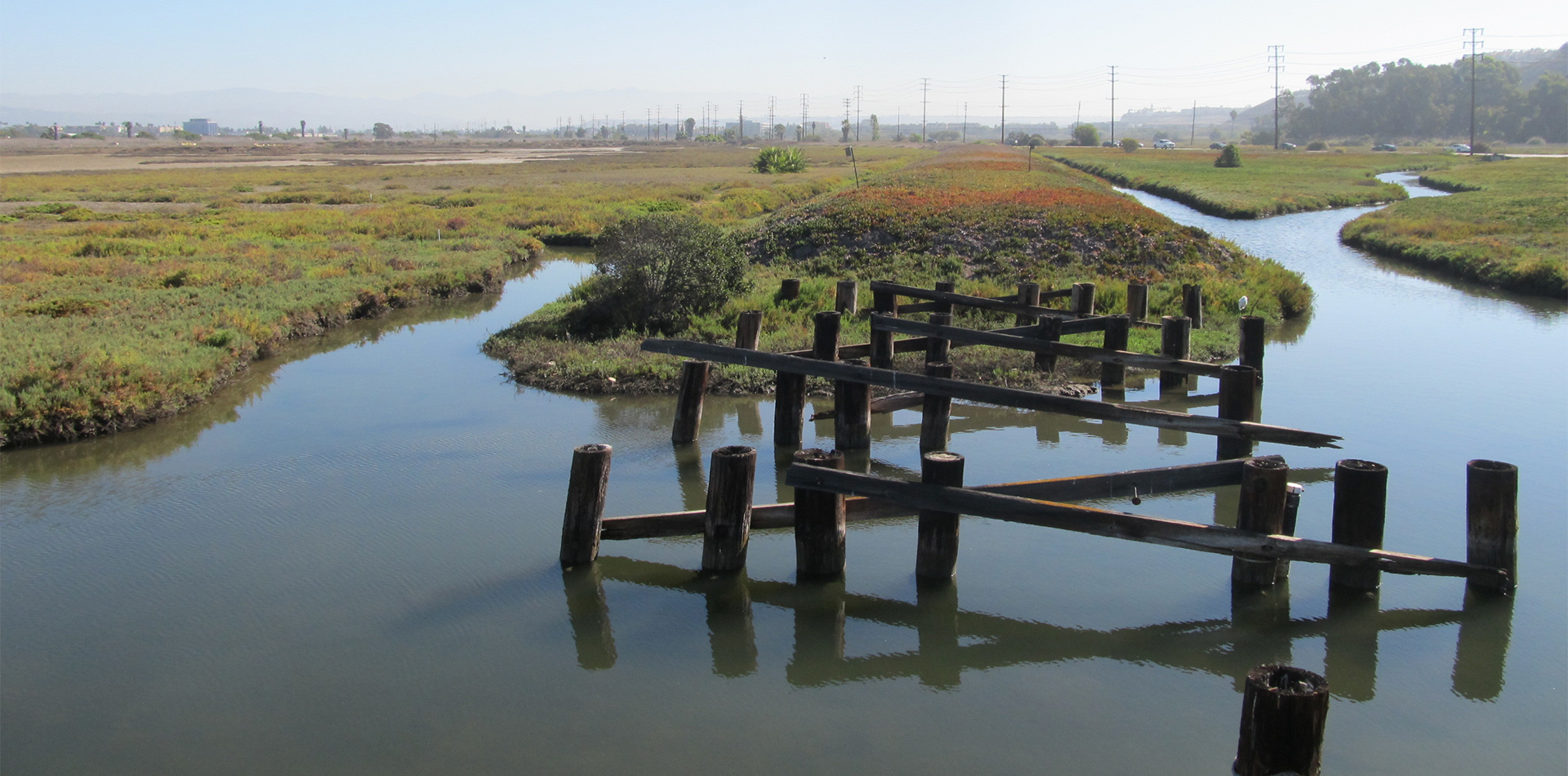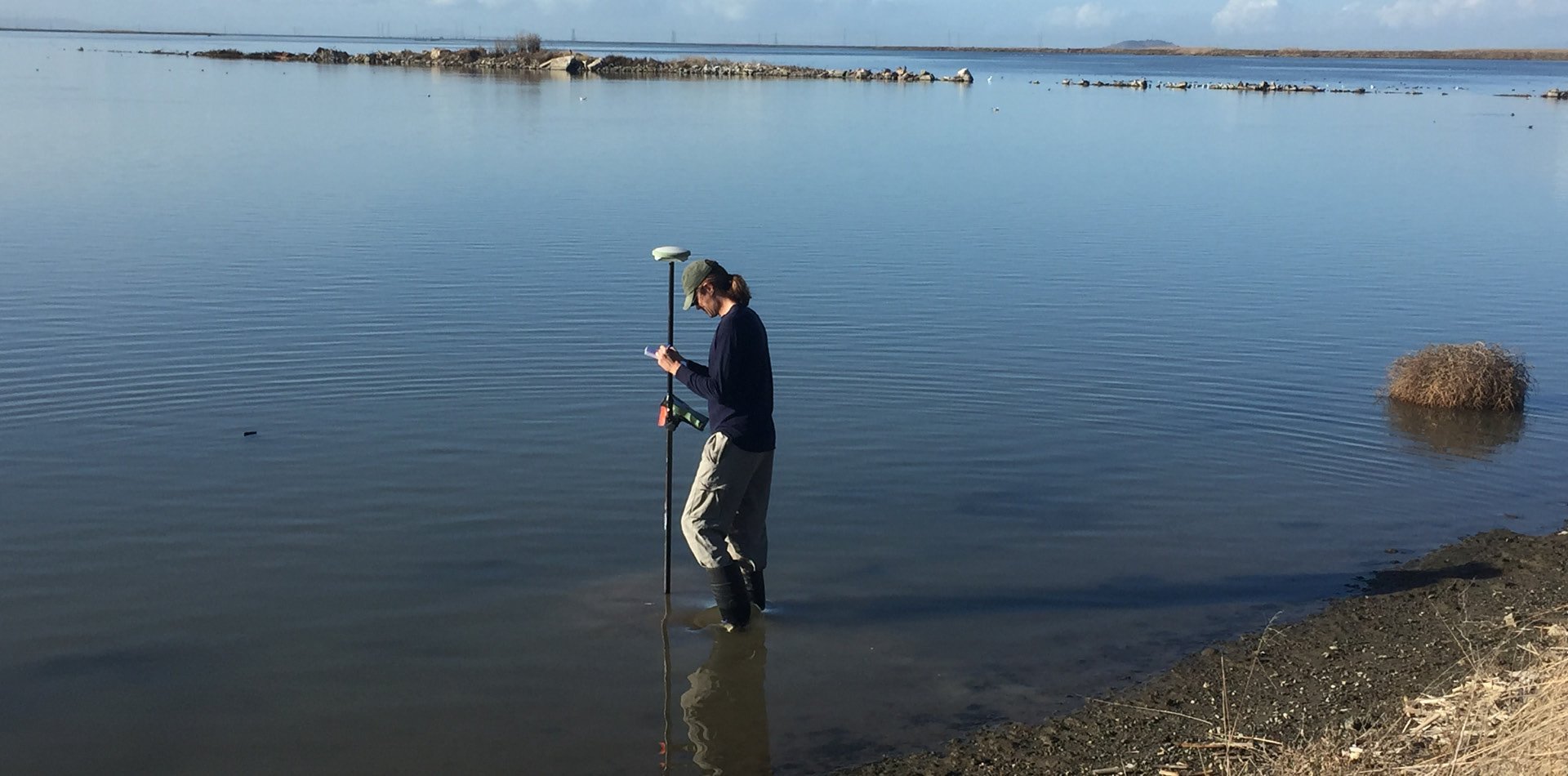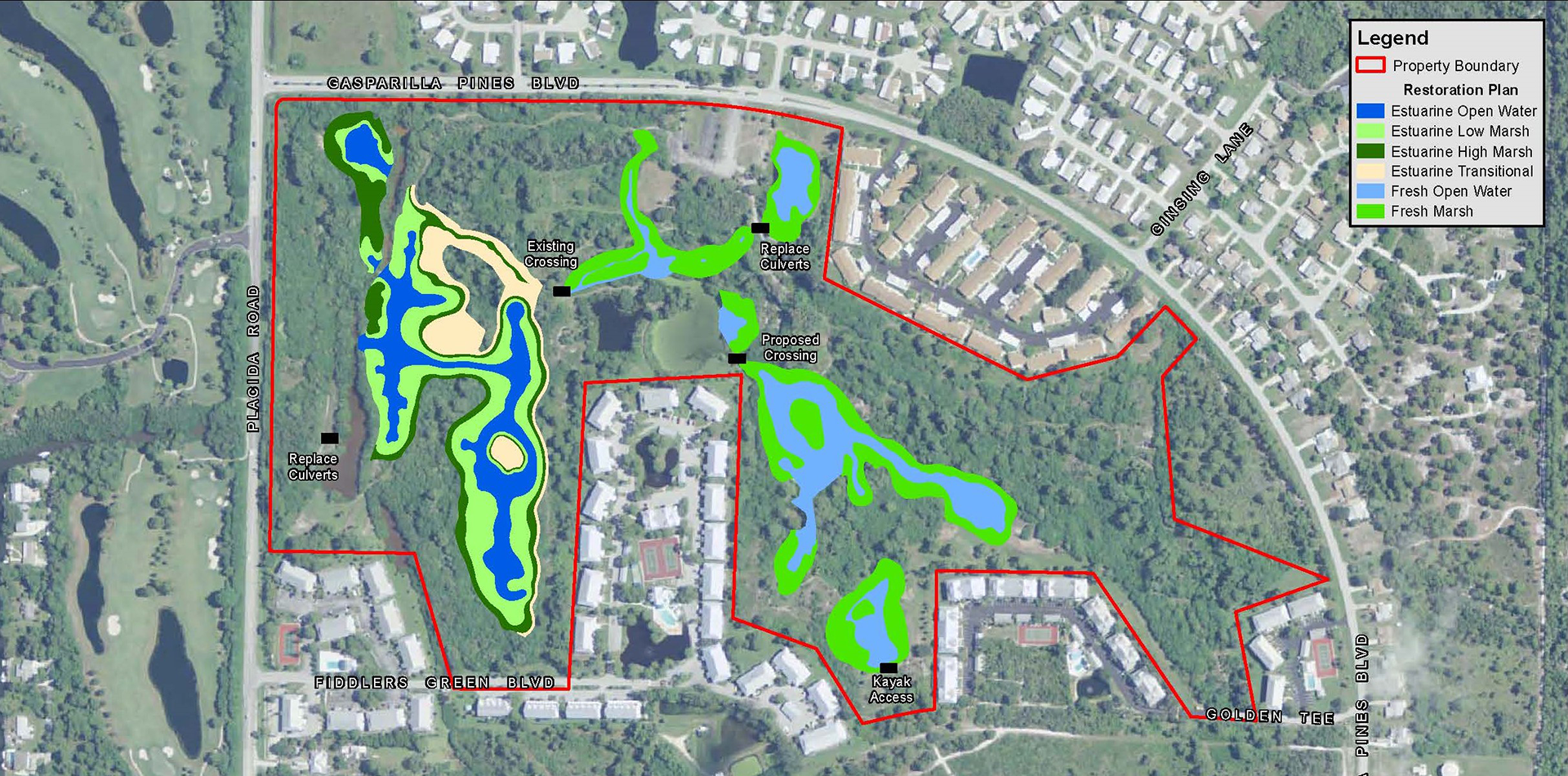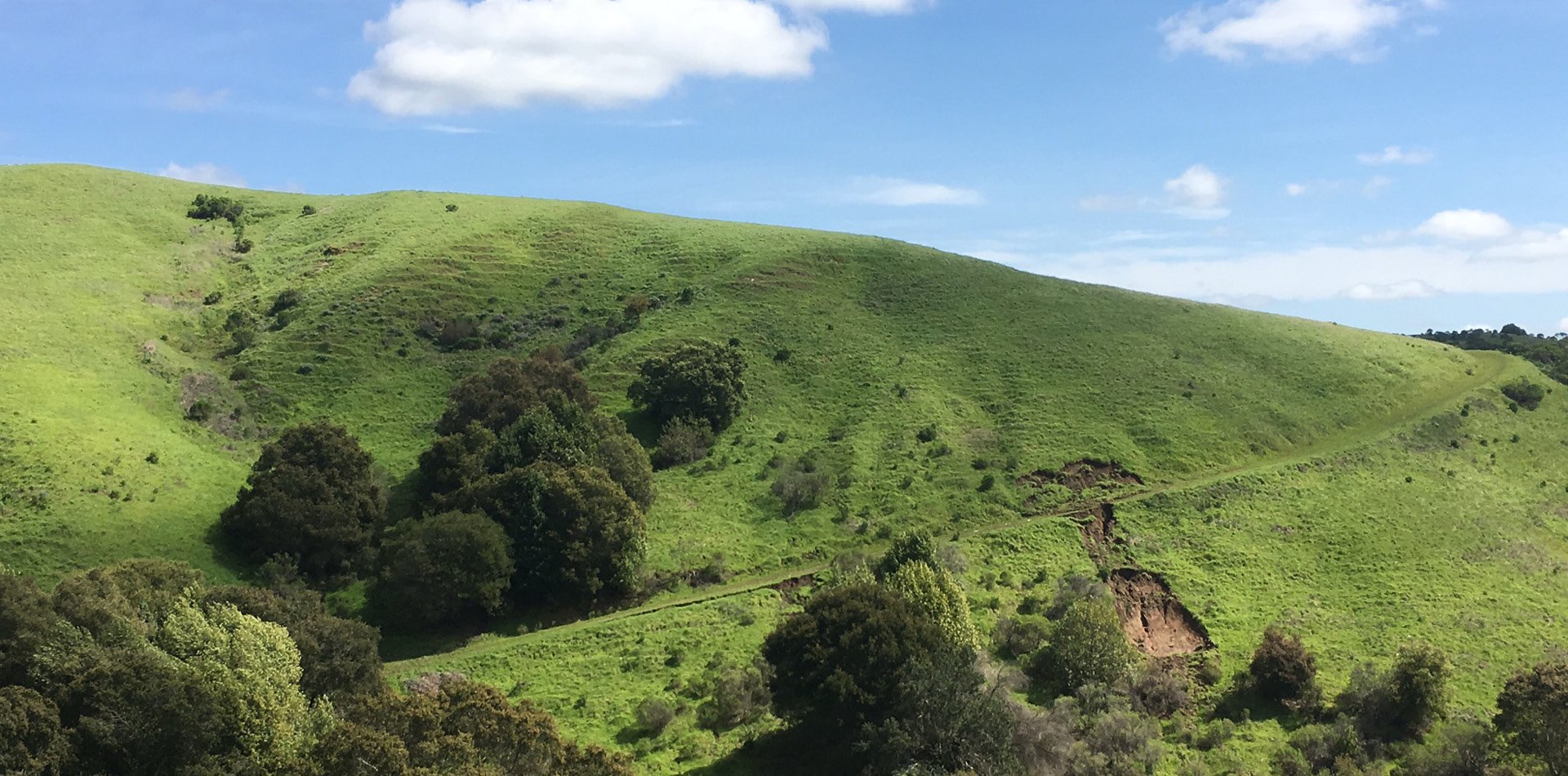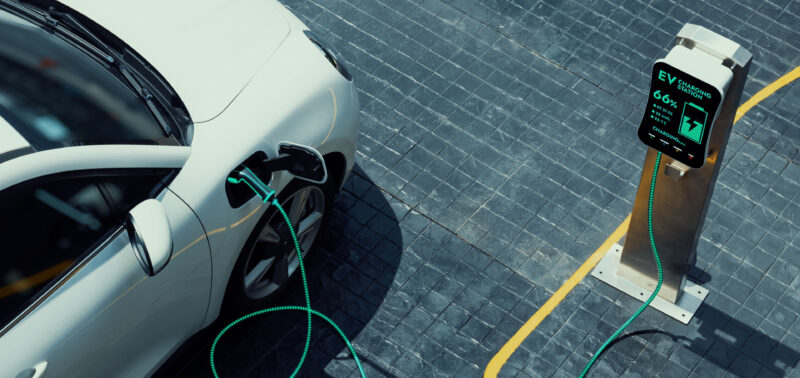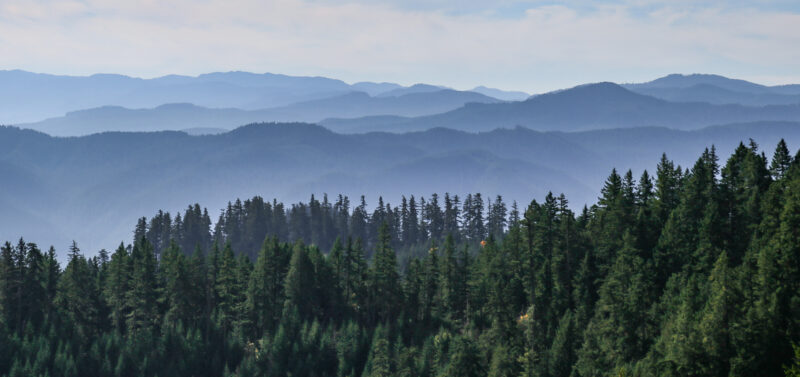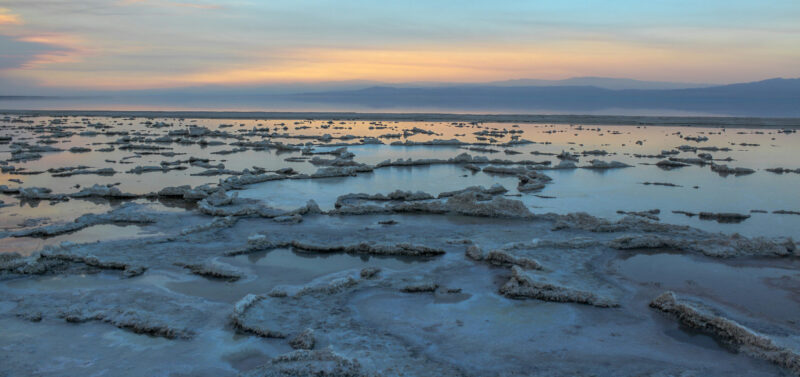It’s been weeks since the event, but I’m still reflecting on the 2024 Mobility 21...

Pond 20 Blue Carbon
Wetlands are increasingly recognized as important tools for climate change mitigation as a result of their ability to sequester and store atmospheric carbon.
Why does this project matter?
Quantifying the pre- and post-project carbon stocks at Pond 20, an 83-acre former salt pond, provides a valuable window into understanding the climate benefits of wetland restoration, while also helping to prioritize actions or funds to conserve wetland habitats in the context of climate change.
What is ESA doing to help?
ESA is providing an assessment of the greenhouse gas benefits that would come from the restoration of Pond 20, and we are partnering with Great Ecology to complete to complete the design for the restoration.
Following methods established by the Intergovernmental Panel on Climate Change and the international Blue Carbon Initiative, ESA developed a methodology that blends fieldwork and a spreadsheet accounting framework; this methodology has now been applied in multiple blue carbon assessments in the Pacific Northwest, Southern California, and Florida.
The assessments involved collecting soil cores and using lab measurements in conjunction with literature review to calculate the site’s pre-project carbon stock. A pre-project assessment was completed in 2019, and post-project assessments will take place one year post-restoration and every five years afterward.
Connect with our team
"Coastal wetlands are “blue carbon” ecosystems that provide resiliency and can help to mitigate climate change through the capture and storage of carbon. ESA’s work on this project provides a metric to assess and better understand how restored wetlands may enhance their capacity as carbon sinks over time."
Details
Client Port of San Diego
Location Imperial Beach, CA
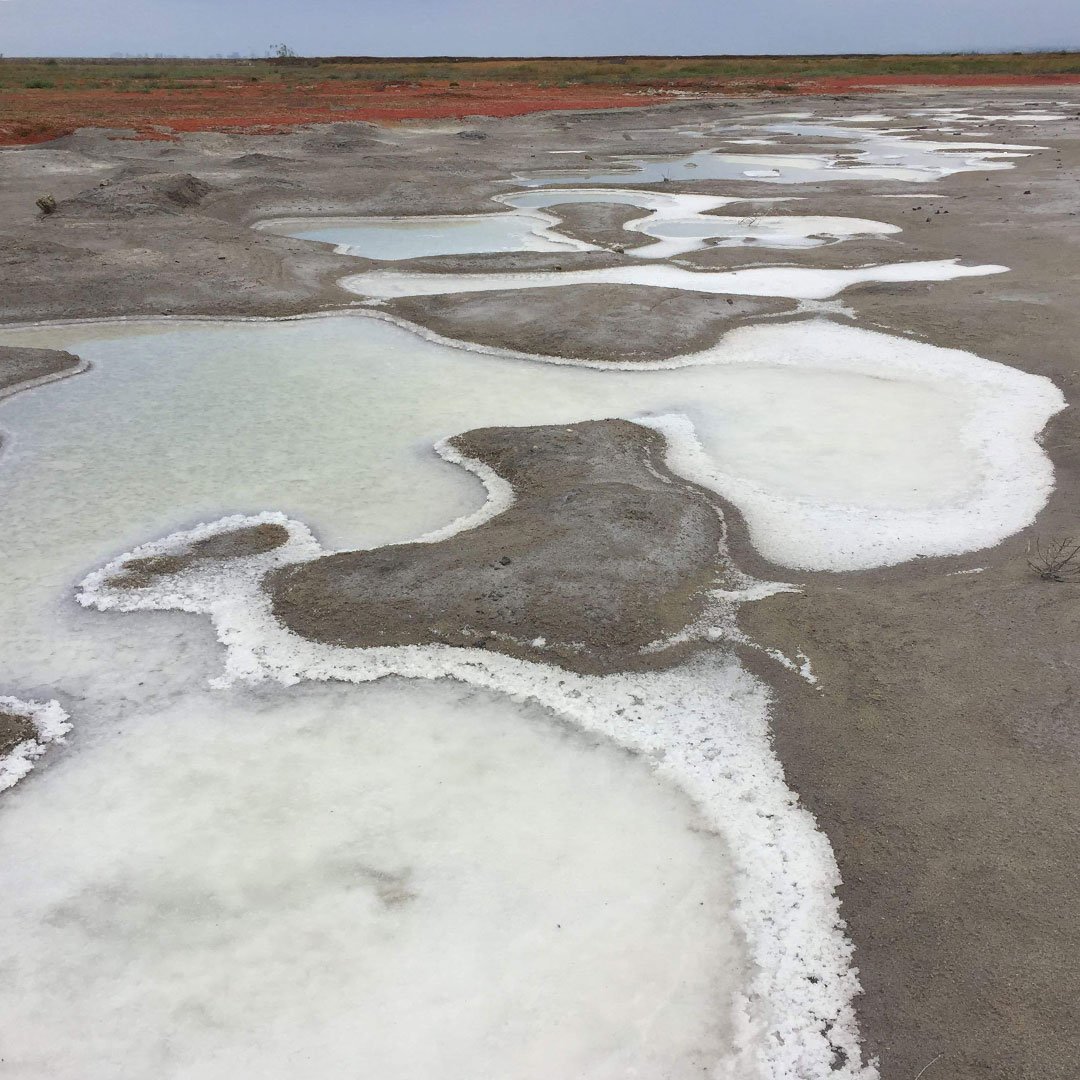
Similar Projects
News & Ideas
ESA is pleased to announce exciting new additions to the Northwest region as we welcome...
Note, this is the second of two articles exploring how ESA is helping to study...
ESA is pleased to present and attend this year’s Bay-Delta Science Conference in Sacramento, California from...
On July 22, the U.S. Environmental Protection Agency (EPA) awarded a $500 million grant to...
ESA is pleased to announce that Jorgen Blomberg has been selected to lead the firm’s...


